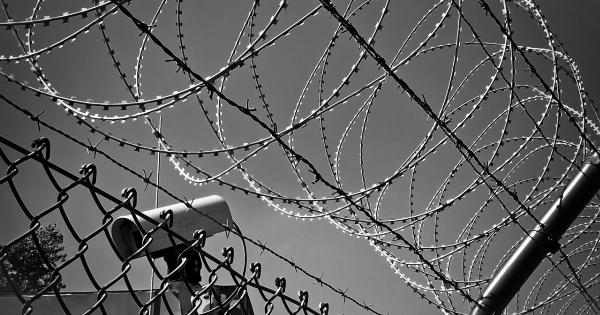The Ebola virus, a highly infectious and often deadly pathogen, first appeared in 1976 in Sudan and the Democratic Republic of Congo. Since then, it has resurfaced intermittently, causing sporadic outbreaks in African countries.
The most recent outbreak occurred in 2014 and lasted until 2016, primarily affecting Guinea, Liberia, and Sierra Leone. This epidemic was the largest and most complex to date, with a total of 28,616 reported cases and 11,310 deaths.
What is Ebola?
Ebola is a viral hemorrhagic fever that is transmitted through direct contact with the bodily fluids of infected individuals or animals.
The virus targets and destroys the body’s immune system, leading to severe internal bleeding, organ failure, and eventually death.
The Fear Factor
The Ebola virus has a high fatality rate, with some strains claiming up to 90% of infected individuals. The gruesome symptoms and rapid spread of the disease have instilled a sense of fear and panic in people around the world.
However, this fear has often been fueled by misinformation and sensationalized media coverage.
Many individuals are afraid of contracting the virus through casual contact, when in reality, transmission requires direct contact with infectious bodily fluids.
The Role of Stigma
Stigma and fear often go hand in hand. During the 2014 Ebola outbreak, individuals who had survived the virus were often ostracized by their communities due to the fear and misconception that they were still carriers of the disease.
This stigma has led to people hiding their symptoms and avoiding seeking medical treatment, leading to the further spread of the virus. Addressing and combating stigma is therefore crucial in controlling and mitigating outbreaks.
The Global Response
The 2014 Ebola epidemic spurred a massive global response, with governments, non-governmental organizations, and medical professionals working together to contain the virus.
Early detection and rapid response teams were deployed to affected regions, along with medical supplies and staff. Public health campaigns were also launched to educate communities about the prevention and transmission of the virus.
The Long-Term Effects
The Ebola epidemic had far-reaching effects beyond just the immediate health crisis.
The economies of affected countries were severely impacted due to travel restrictions and fear of the virus, and the health infrastructure of these countries was strained and weakened due to the overwhelming demand on medical resources.
However, the epidemic also sparked important conversations around global health security and the need for better preparedness and response systems for outbreaks.
The experience gained from the 2014 outbreak will contribute to a more coordinated and efficient response in the future.
Conclusion
The Ebola epidemic highlighted the important role of fear and stigma in outbreaks, and the need for accurate information and education to combat these factors.
It also demonstrated the value of a coordinated global response in addressing and containing the spread of infectious diseases.





























